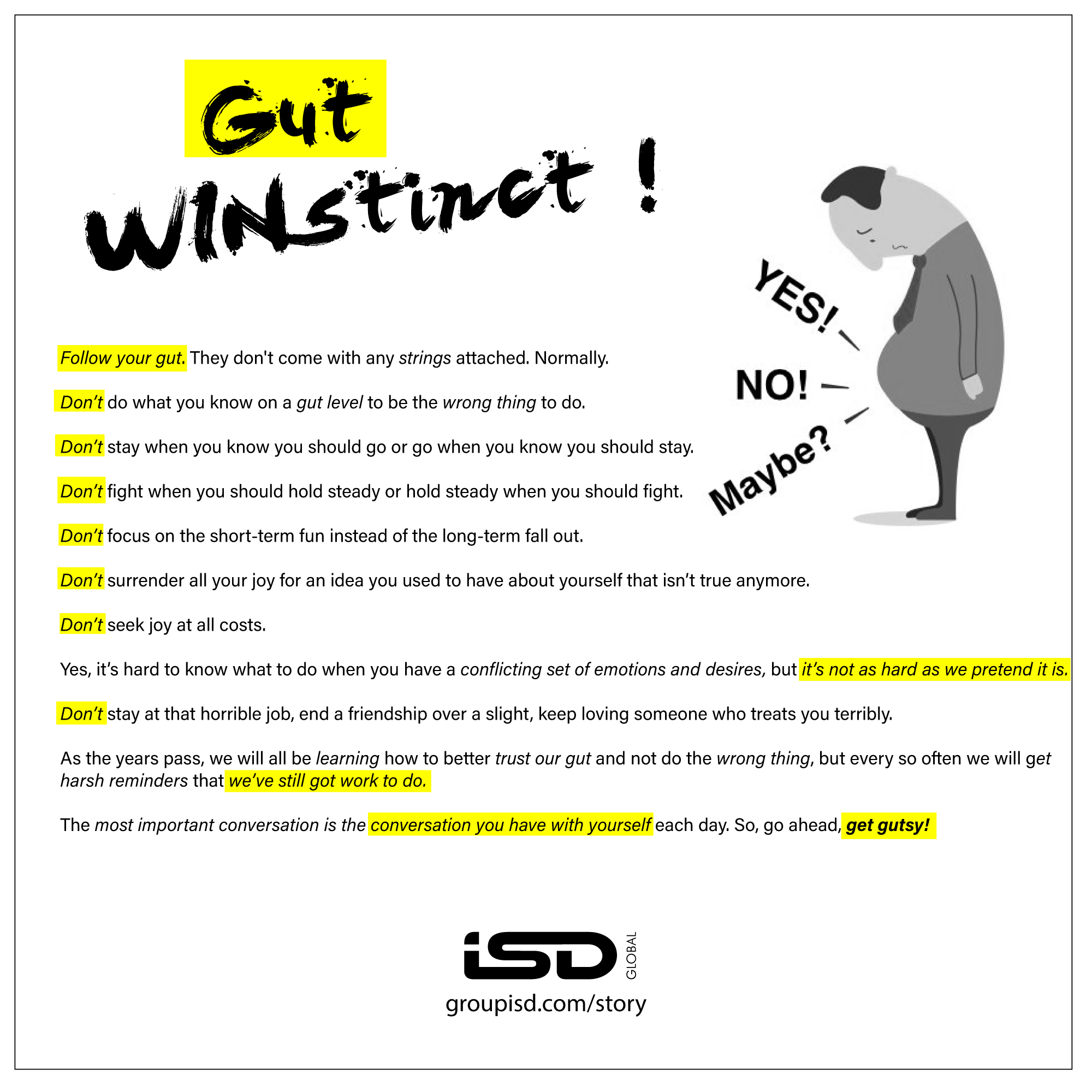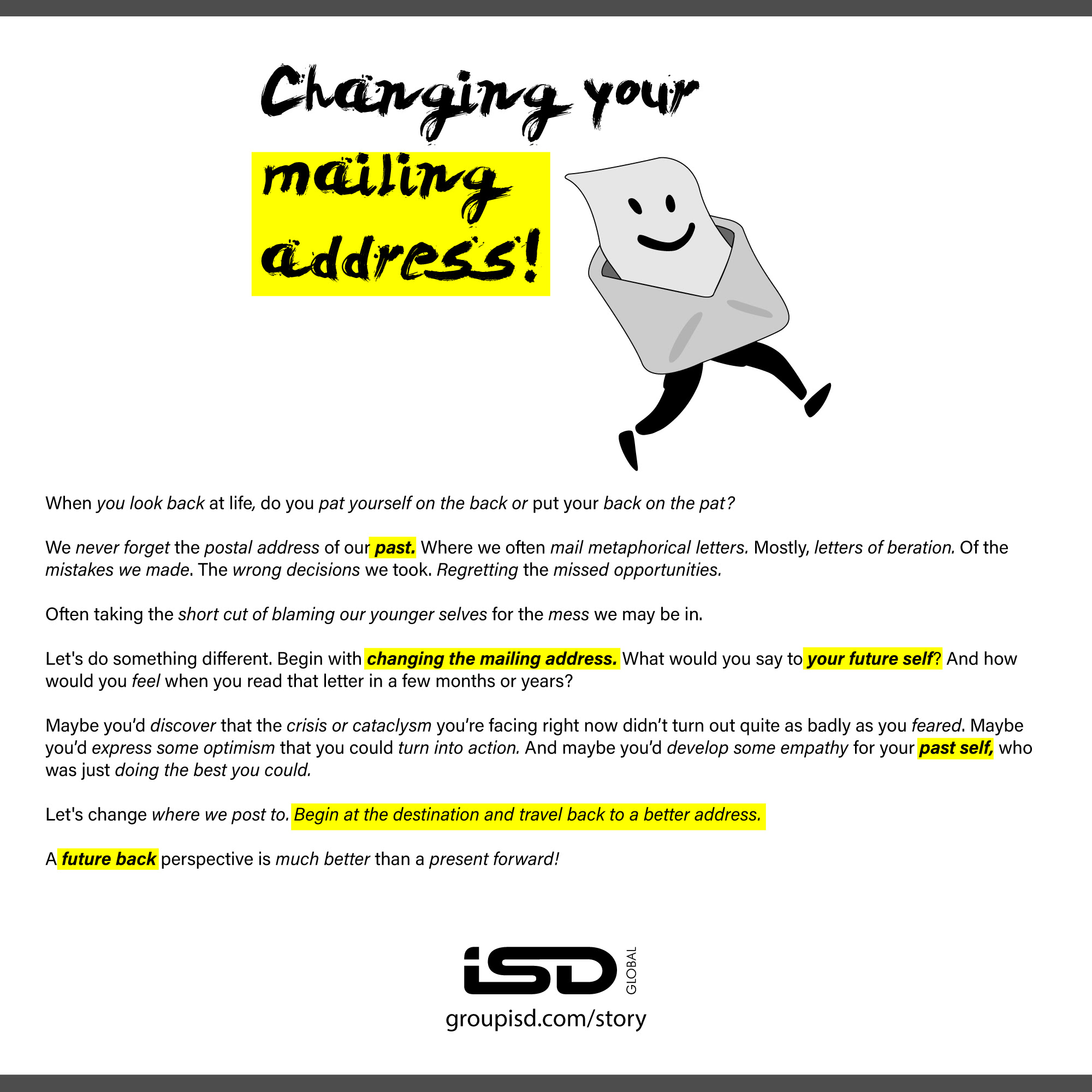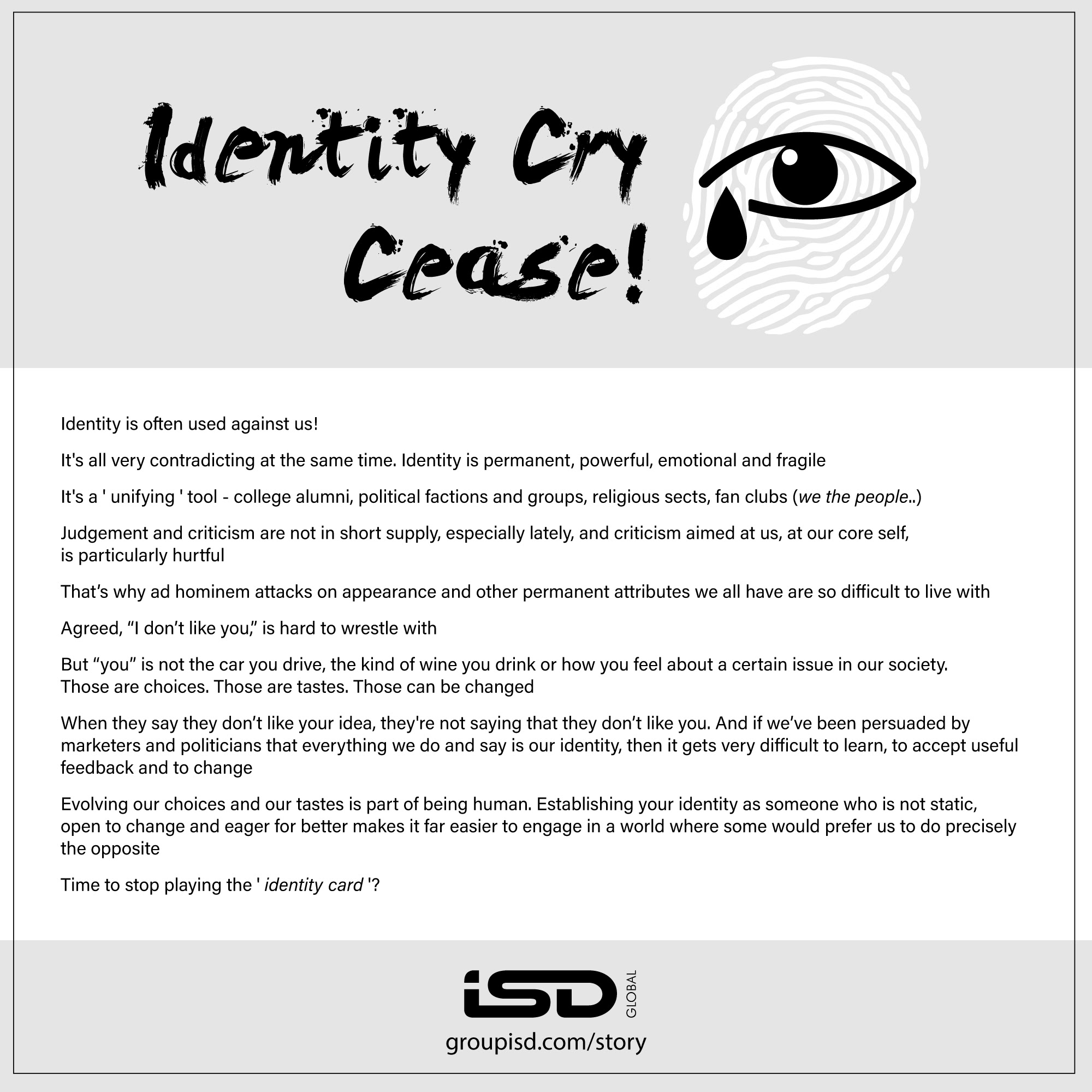Addiction: a compulsive, chronic, physiological or psychological need for a habit-forming substance, behavior, or activity having harmful physical, psychological, or social effects and typically causing well-defined symptoms (such as anxiety, irritability, tremors, or nausea) upon withdrawal or abstinence : the state of being.
You can add FOMO to the mix of symptoms in the above definition of addiction. And get away with it without question.
A simple Q&A: Who is responsible for social media addiction: Both me and you! The very purpose of social media marketing is to create addiction. As we know, here’s the journey. Begin with creating content so insanely relevant(with the aid of a recommendation engine) that people spend a lot of time engaging with it on an app or website or a social media platform. Based on the consumption habits that you capture as precious data as they soak in and devour the content, create ads that are bespoke tailored and personalised for the user through targeted advertising. In other words, create social media addiction … at all costs. Create addiction. That’s social media marketing success.
All that is great because it is working for marketers, brands, organisations( predominantly the MAANG brigade viz– Meta | Alphabet | Apple | Netflix | Google – the flip side to it is that it seems like a ‘Khoon Bari Maang‘ (for those who follow and understand Hindi). The consternation of this consume at all costs phobia comes with a serious dent in mental health. Unsurprisingly, insights from multiple surveys suggest that design strategies by tech companies that encourage prolonged use of social media are working. And how! Platforms like AirbNB design for trust and a lot of social media platforms design for addiction.
Shouldn’t we be concerned? Yes, we damn well be. Suicide rates for teens and young adults are rising. Although some suspect a link between social media use and suicide, there is currently not enough evidence to definitively confirm it as a proven factor. Social media can increase exposure to negative messaging, however, that may promote self-harm.
Anxiety can make it hard for adolescents to go to school or participate in activities. According to a recent Pew survey, parents worry about anxiety or depression (28%) and lower self-esteem (27%). They also worry that social media leads their teen to feel pressured to act in a certain way (32%) or could be bullied (29%). 38% of teens say they can feel overwhelmed with the drama on social media.
There is a complex relationship between social comparison on social media and eating disorders, which are both medical and mental health conditions. Platforms such as Instagram can be saturated with hyper-idealized and sometimes highly edited images. The perfect life is just an air brush away is the myth. The reality is cruelly different.
In November 2021, Lush(the cosmetics brand) decided to remove most of its social media accounts(Instagram, TikTok, Snapchat & Facebook) across 48 countries because of ignored harms to users. Some research has found an association between the frequency of comparing one’s own physical appearance to others on social media and body dissatisfaction. One study suggested that teenagers’ widespread use of social media could put them at risk of eating disorders, particularly if they’re already vulnerable to body dysmorphia.
So, what is the higher goal here for brands and marketers. Can we begin with “Do No Harm” as an ethos and practice? Me, as an individual, maybe causing no harm in my personal attempt at influencing my readers | users, but when the entire collective of marketers and brand guardians are creating and encouraging content consumption at all times, it becomes a serious problem indeed.
Sometime back, the ex-CMO of Coca Cola Sergio Zyman had quoted “the goal of marketing was to sell more stuff, to more people, more often, for more money.” So, when every social media marketer is creating addiction and profiting from it, the cumulative effort is the root of the global problem. In fact, marketers are the entire problem because the purpose of creating addiction is to sell more stuff to more people, more often, for more money.
In summarising, social media marketing is directly contributing to social media addiction. The domino effect of it is the role of the catalyst its playing in the rampant mental health crisis. Perhaps I am playing my part(if one can call it that) of contributing to the crisis. I would be candid and confess that I do not have a solution for this. But, rather than look the other way, we all can start a conversation that attempts to find one.
Some relevant reading on social media and healthy habits can be found on these links below:-
https://www.brandknewmag.com/these14principles/
https://www.brandknewmag.com/social-media-is-ruining-our-minds-it-also-might-save-them/
How Evolutionary Biology Explains Smartphone Addiction
Ready?
ENDS



